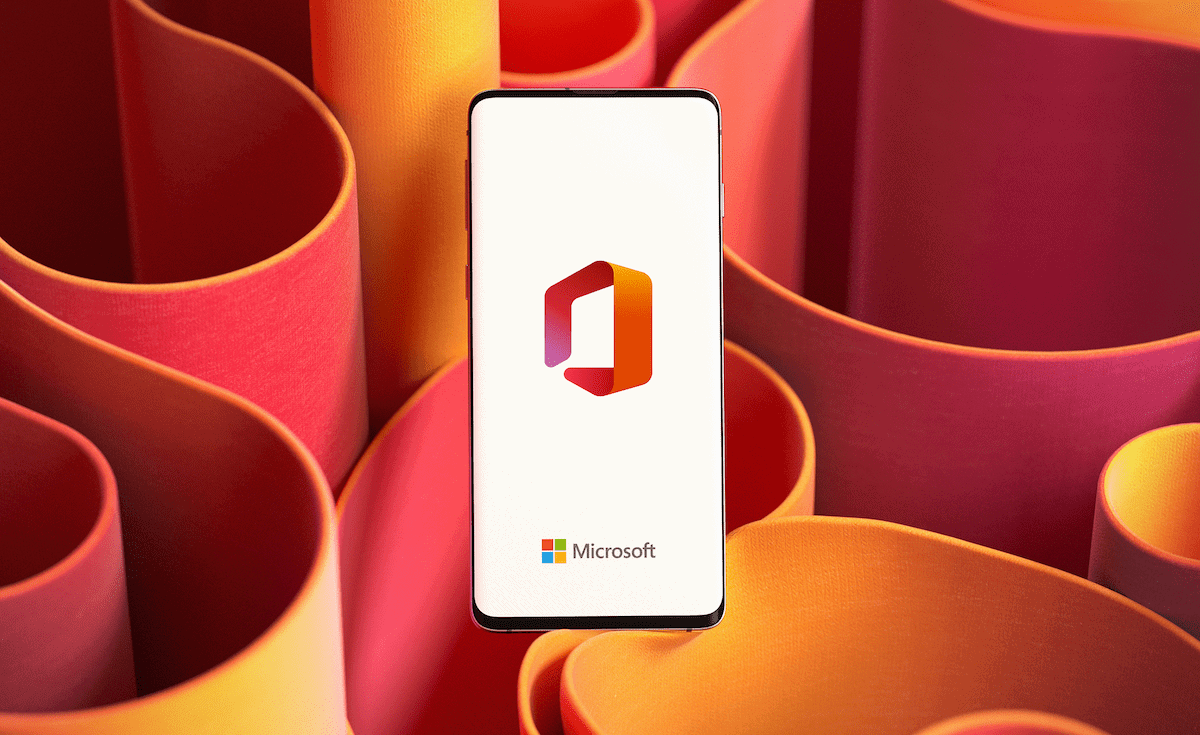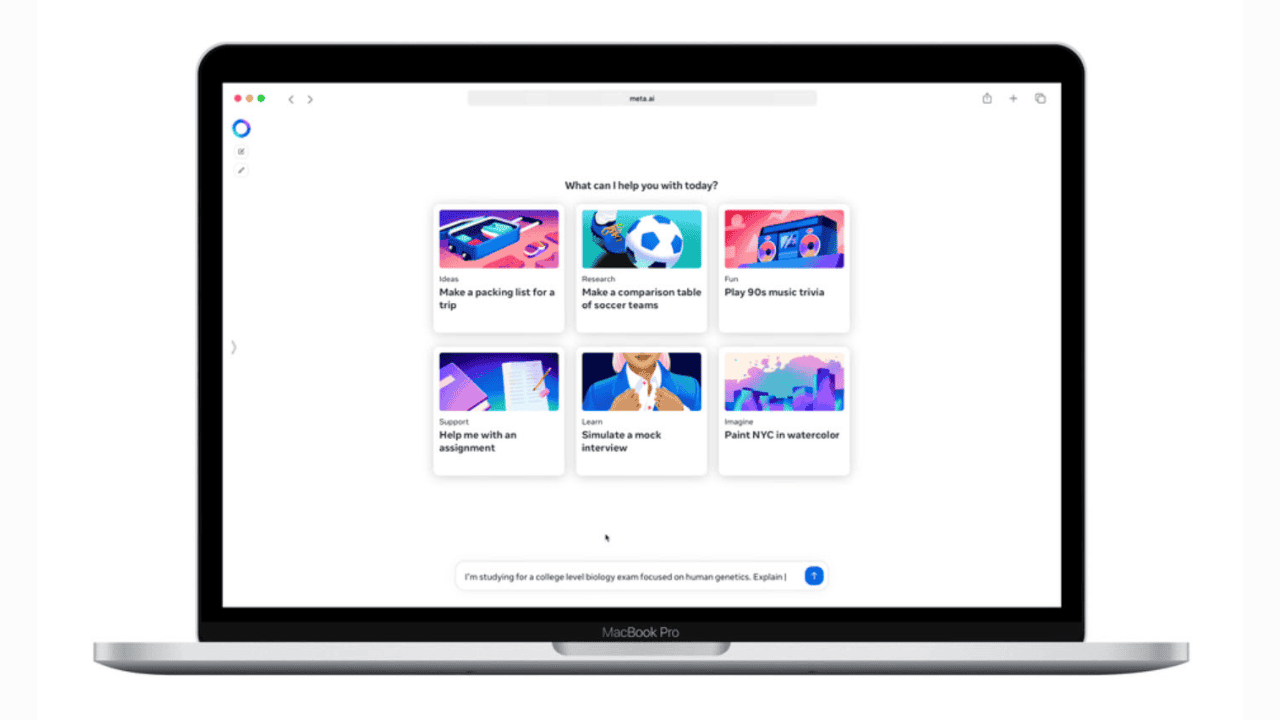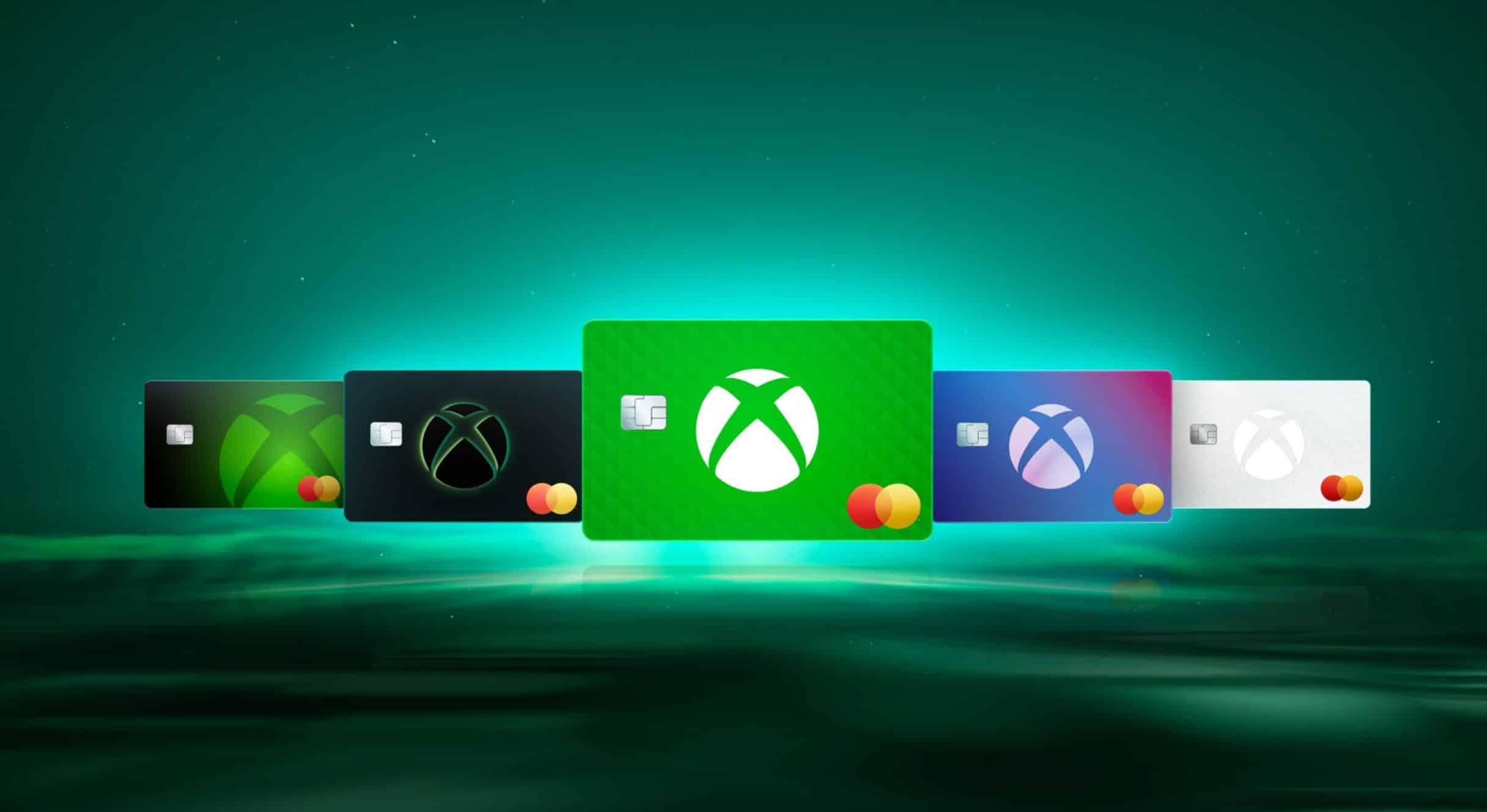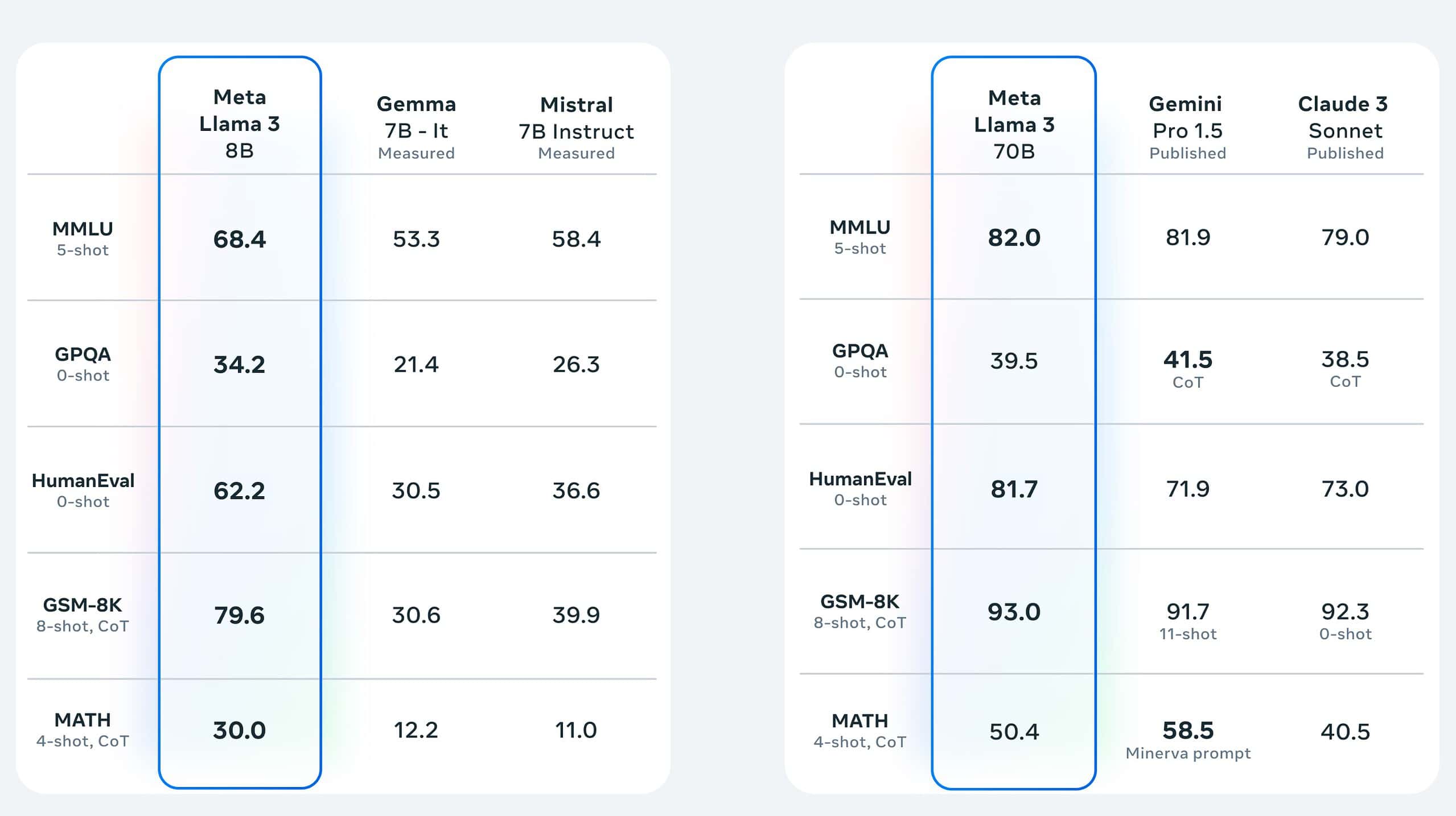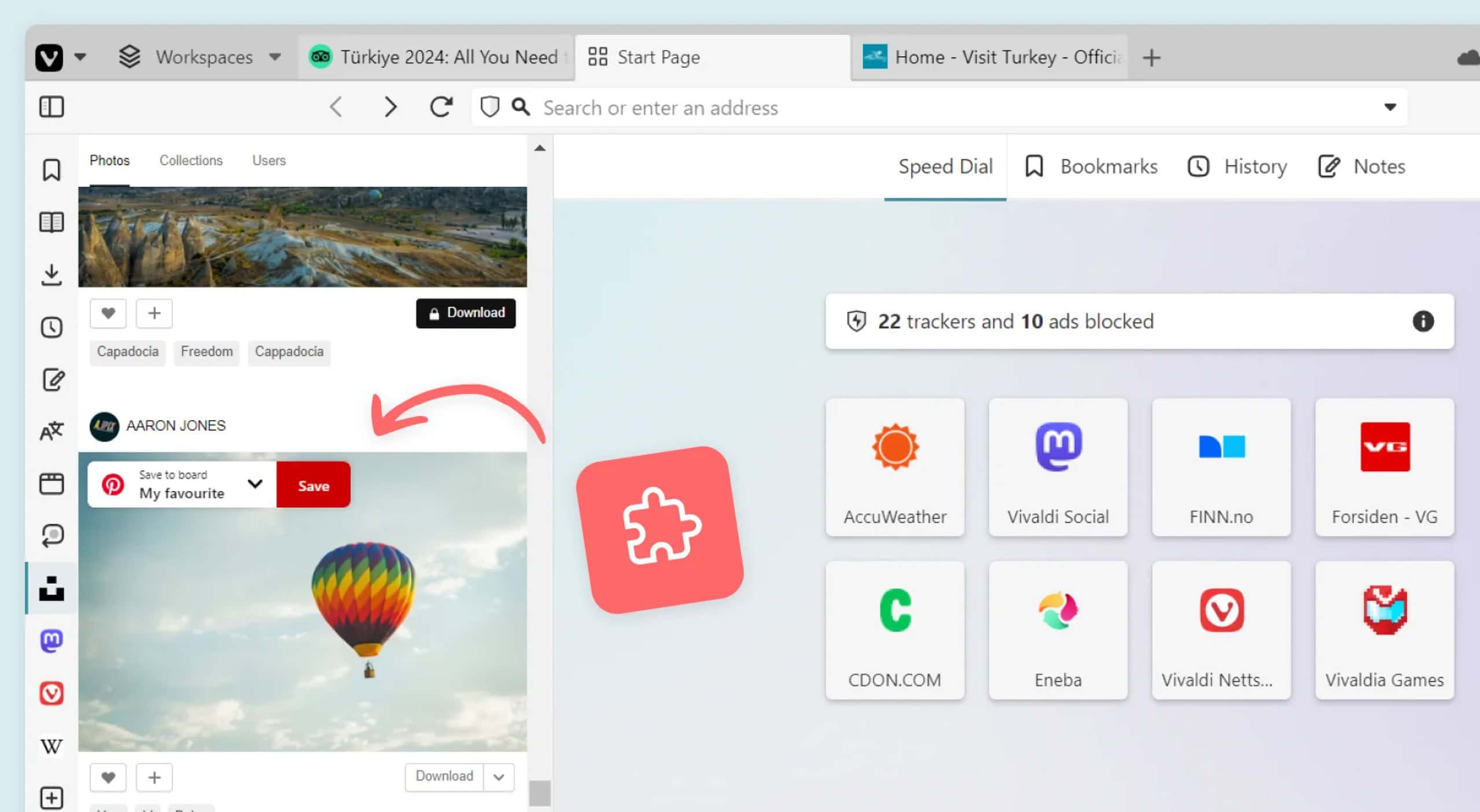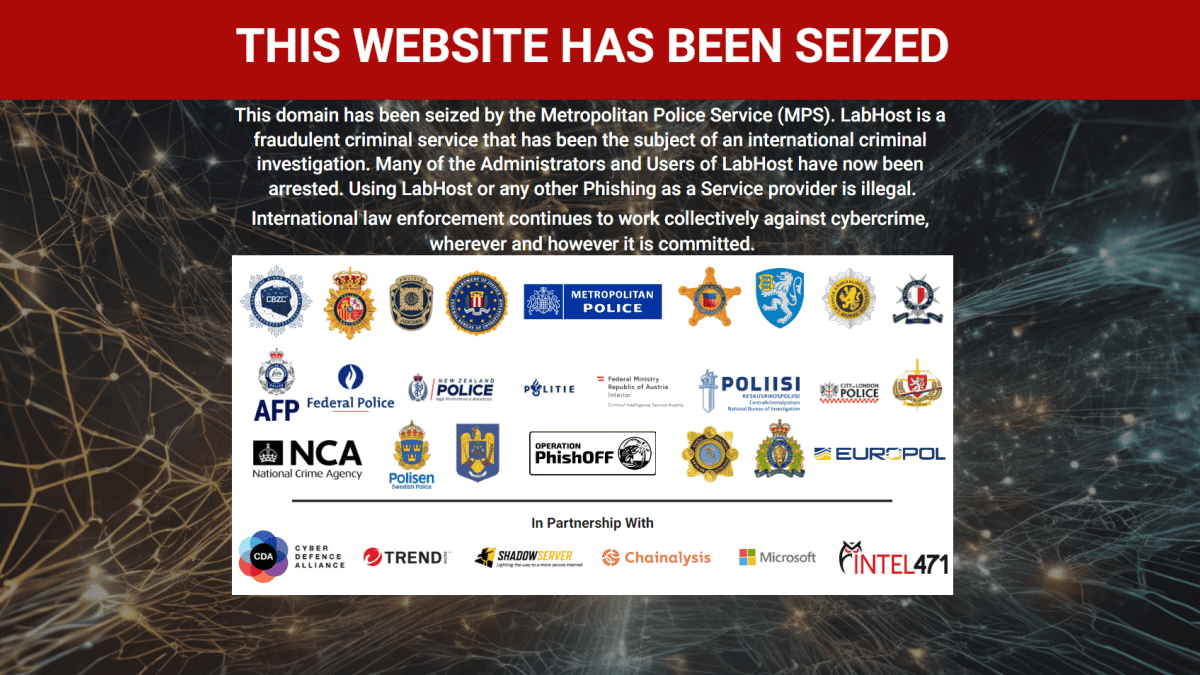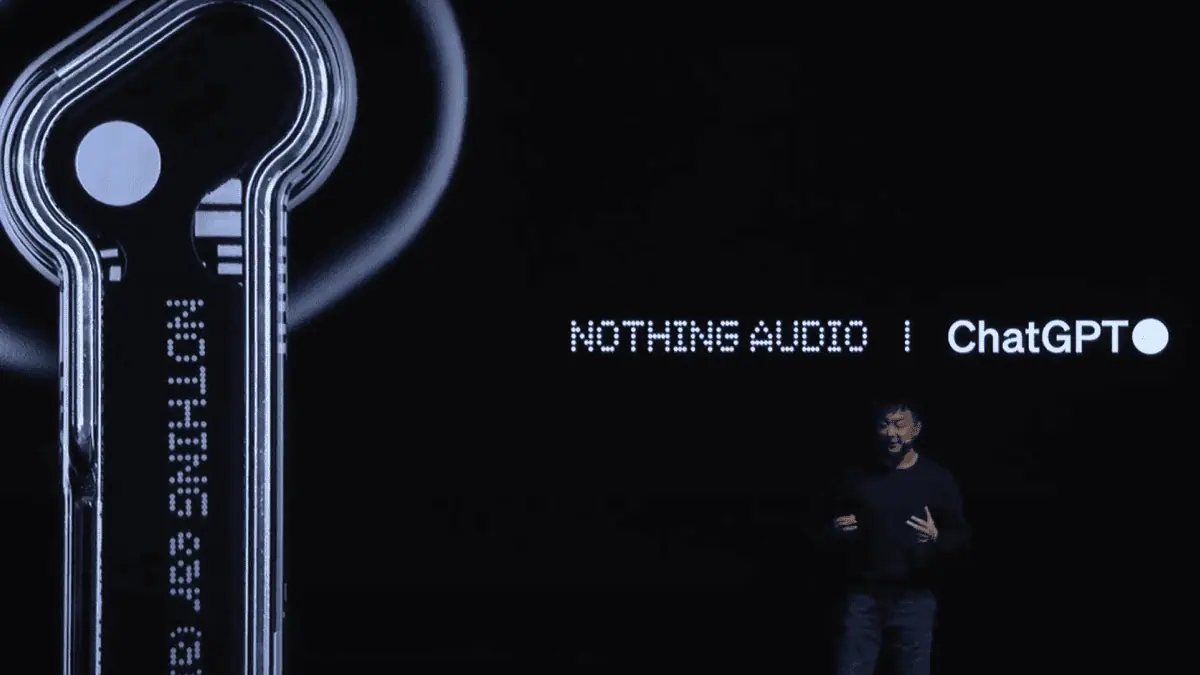Windows 10 IoT will now support high-end Intel processors, more
2 min. read
Published on
Read our disclosure page to find out how can you help MSPoweruser sustain the editorial team Read more

At Build 2017 Microsoft announced some significant improvements to their Windows 10 IoT platform.
The biggest is likely support for Intel’s full processor family, with the OS now supporting Intel’s full range of processors, from Atom to Core i7.
This means that devices running Windows 10 IoT can now be as fast and responsive as any desktop PC, an important usability improvement when the OS can run devices as large and interesting as Kodisoft’s Interactive Table below.
Other features added to the platform includes new support from Microsoft’s Azure cloud and more. See the list below:
- Windows 10 IoT Core support for Azure IoT Device Management, which provides highly scalable remote device management features.
- Turn-key connectivity to the Azure IoT Hub that offers reliable and secure device-to-cloud and cloud-to-device messaging, scaling to millions of devices.
- Support for the upcoming Azure IoT Hub Device Provisioning Service, which makes it easier to provision a connected device via Azure IoT services, leveraging Windows IoT TPM based security.
- Support for Project “Rome” that allows a user to launch an app or communicate with an app service on a remote device, enabling cross-device experiences using the Microsoft Graph.
- Support for Device Guard for IoT, which improves threat resistance by allowing only OS components and code signed by the OEM to load. This adds to the robust set of security features in Windows 10 IoT such as BitLocker and Secure Boot.
- Cortana, your personal digital assistant, is now available for you to integrate into your devices. Cortana will help you get things done by completing tasks and interacting with you using natural language in a consistent, contextual way.
Microsoft also launched a newly designed Windows IoT website to help developers create devices such as next-generation point-of-sale devices, interactive tables, and intelligent digital signage.
To get going with the Windows 10 IoT platform, read more at Microsoft’s new IoT portal here.


